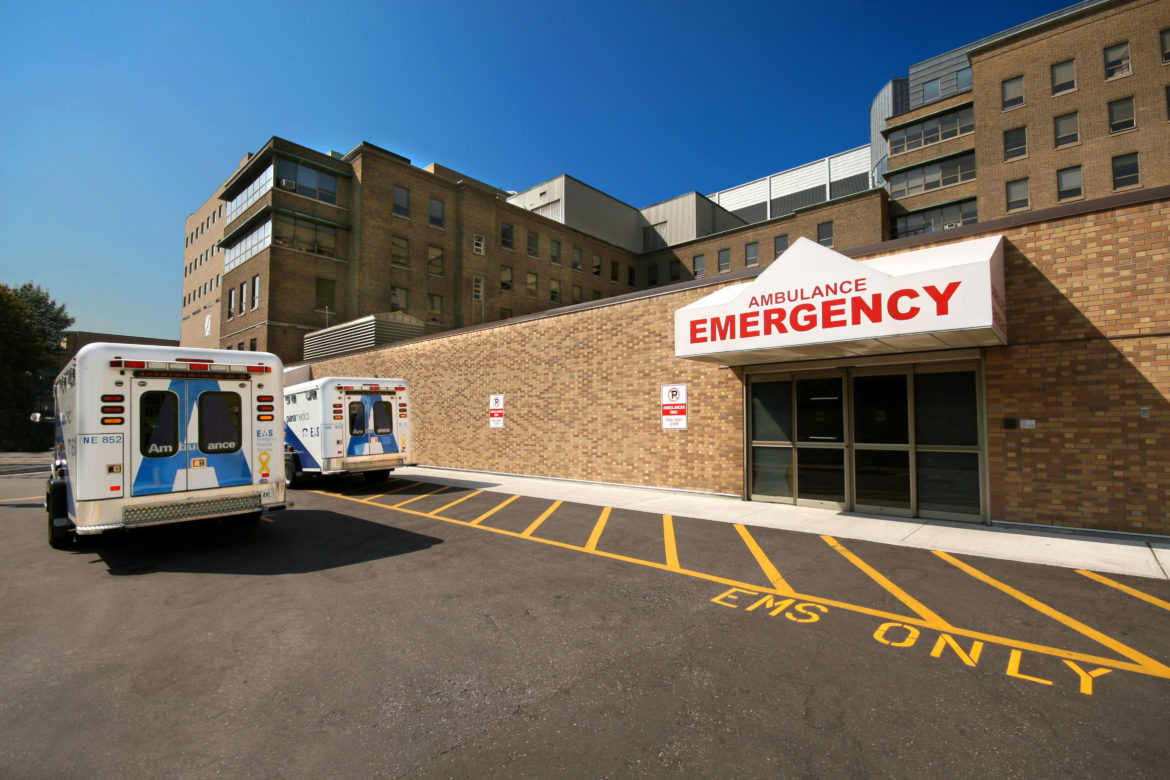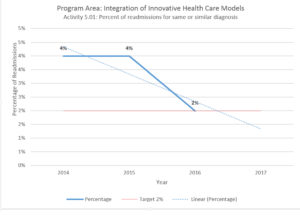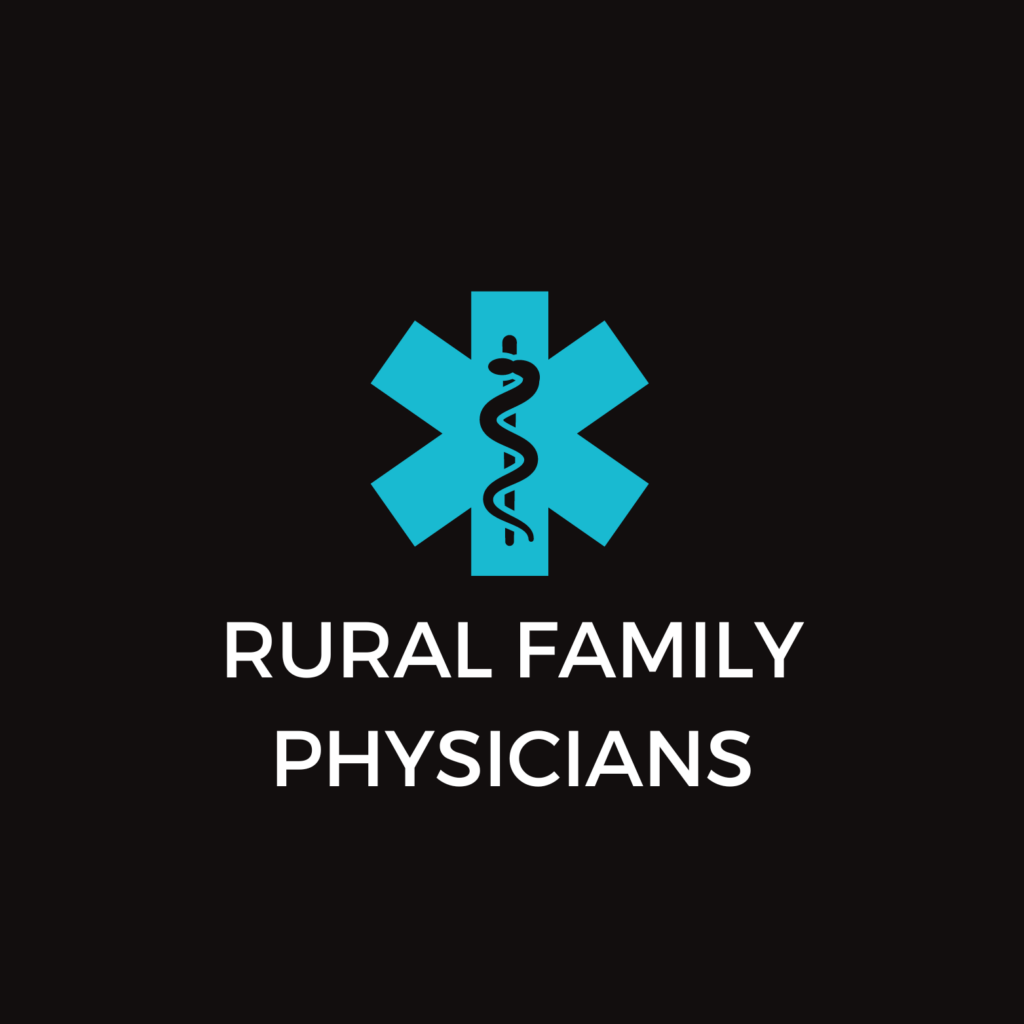
Celebrating EMS – EMS Week May 21-27
 As many of you know, EMS is near and dear to my heart as my husband is an EMT. He began his career working on an ambulance and has worked for the Aurora Fire Department for 35 years where EMS calls make-up about 80 percent of all calls. What you might not know is that my mom was a volunteer fire fighter in our town growing up. EMS has been part of my life for a long time now and what most people don’t realize is how it impacts all of our lives. That is why I’m honored to celebrate EMS Week, May 21-27.
As many of you know, EMS is near and dear to my heart as my husband is an EMT. He began his career working on an ambulance and has worked for the Aurora Fire Department for 35 years where EMS calls make-up about 80 percent of all calls. What you might not know is that my mom was a volunteer fire fighter in our town growing up. EMS has been part of my life for a long time now and what most people don’t realize is how it impacts all of our lives. That is why I’m honored to celebrate EMS Week, May 21-27.
Emergency Medical Services (EMS) is defined as the immediate healthcare services needed as a result of an injury or sudden illness, particularly when there is a threat to life or long-term functional abilities. According to the Colorado Department of Public Health and Environment (CDPHE), across Colorado, more than 400,000 patients are transported by EMS and around 200 licensed ambulance services are staffed by more than 17,500 EMS providers. In rural Colorado, 65.73 percent of EMS programs are partially or fully staffed by volunteers.
This is why the RETACs in rural communities are such a vital part of the EMS system. What is a RETAC? Colorado’s Regional Emergency Medical and Trauma Advisory Council is an important part of the “state’s emergency medical and trauma services system. The councils are created in statute to provide a critical link between the state’s 64 counties and the clinics, hospitals and EMS provider agencies within each region. This system provides localized support for the education, recruitment and retention of personnel, technical assistance to agencies and vital communication between state agencies and local constituents, according to CDPHE.”
Did you know, when EMS transports out of a rural community, the trips are much longer than in urban settings? When EMS transports into urban from rural communities, the rural community often loses that resource for the length of time EMS is out of the community, which certainly can pose issues. Additionally, with limited EMS resources in rural communities, if a large accident or incident occurs where many people are injured, often not enough EMS personnel are available and situations require thoughtful emergency preparedness planning with engagement from the local critical access or rural hospital, rural health clinics, and EMS.
One of the ways that CRHC assists rural communities with EMS is through a grant program called Colorado Resource for Emergency and Trauma Education or CREATE, which is funded by CDPHE. CREATE assists private and public organizations in improving and expanding the emergency medical and trauma system in Colorado by funding education and training for emergency medical and trauma services. The program objectives are to improve and expand the emergency medical and trauma (EMTS) system in Colorado, provide funding for education and training for EMTS services and to increase the number of EMTS providers. CRHC has managed this program since 2010.
In 2016:
- 985 students were trained
- 88 new Nationally registered EMTS providers
- 249 EMTS providers attended conferences/workshops
- 648 EMTS providers received continuing education
- Applicants requested $593,687.16
- Committee approved $543,190.61
- 164 courses funded
Another way CRHC is looking to assist rural communities with EMS is through expansion of our Improving Communications and Readmission Program (iCARE). Currently, iCARE works with 56 rural facilities (34 RHCs and 22 CAHs) in 21 counties. The goals of the program are to improve the patient experience by improving communications in transitions of care and clinical processes and reduce avoidable hospital readmission rates. By including EMS into the program, rural communities will have the ability to further improve the communications during transitions of care. One unique aspect of the iCARE program is that CRHC meets the community where it is by tailoring assistance. This tailoring aspect will work well for inclusion of EMS by utilizing the community paramedicine model or any other innovations the community chooses. Currently, the readmission rate for participating CAHs is 2%, compared to those CAHs not participating at 14% and the state at 19%.
Finally, I hope you never need to utilize the EMS system, but I hope you thank those that provide EMS services in case you or someone you know does.








